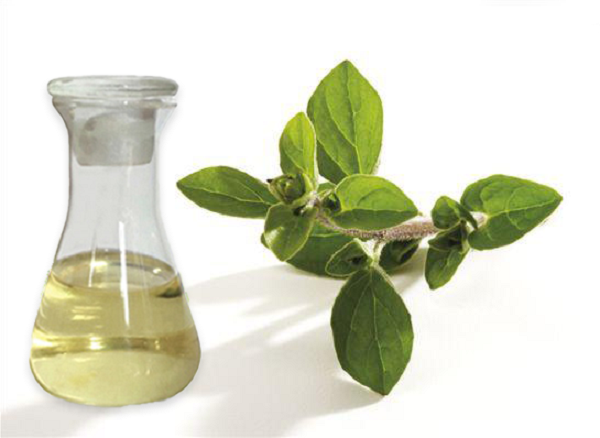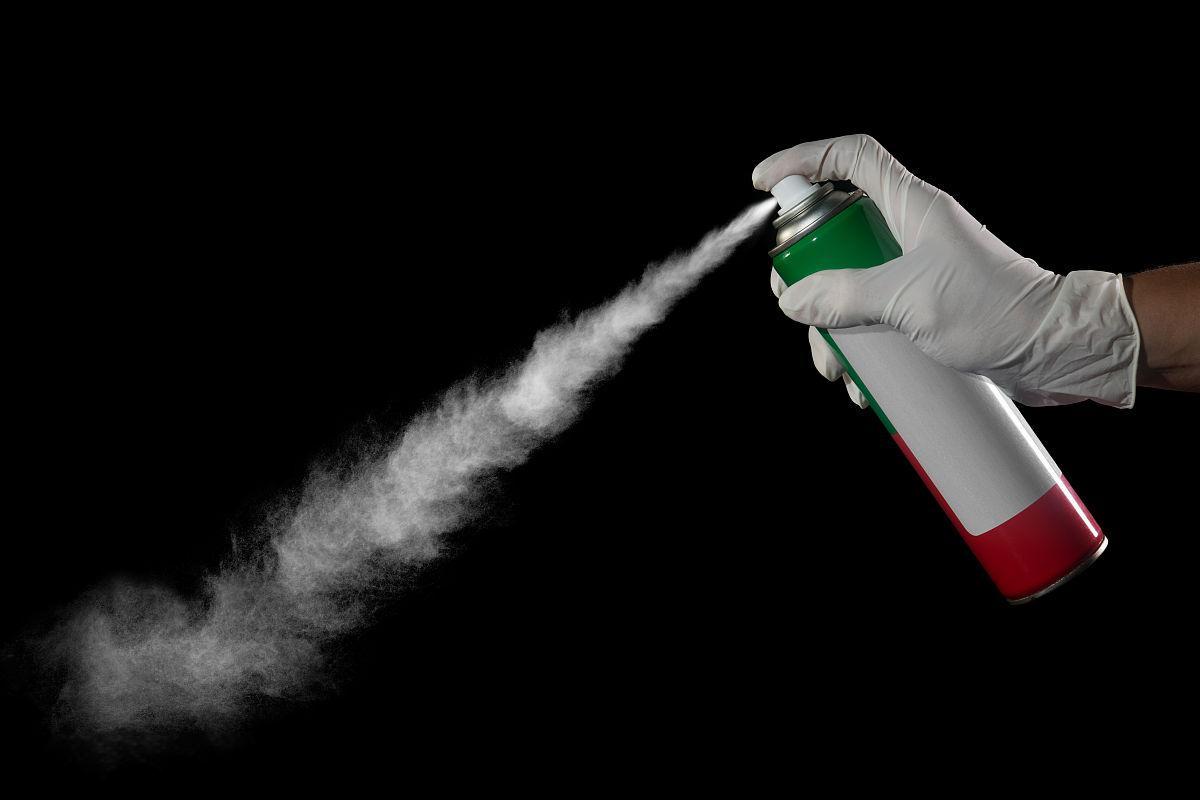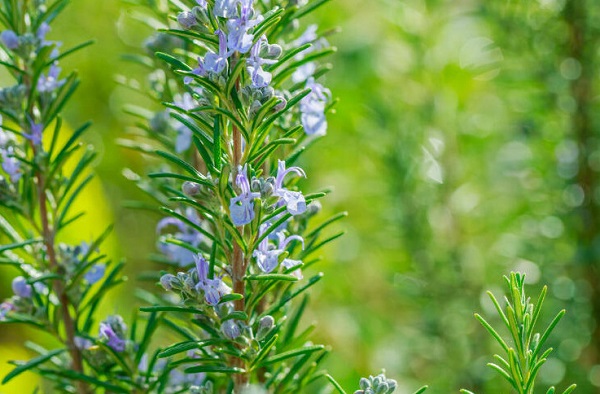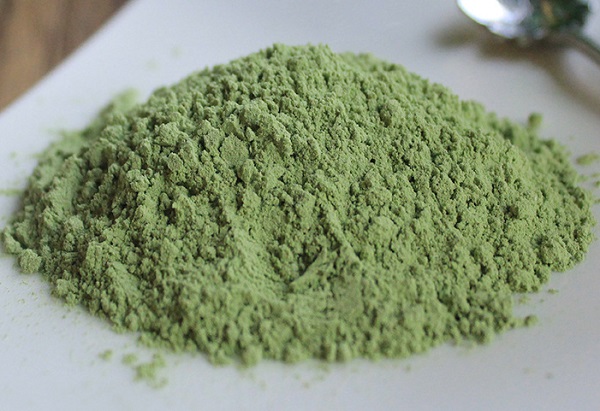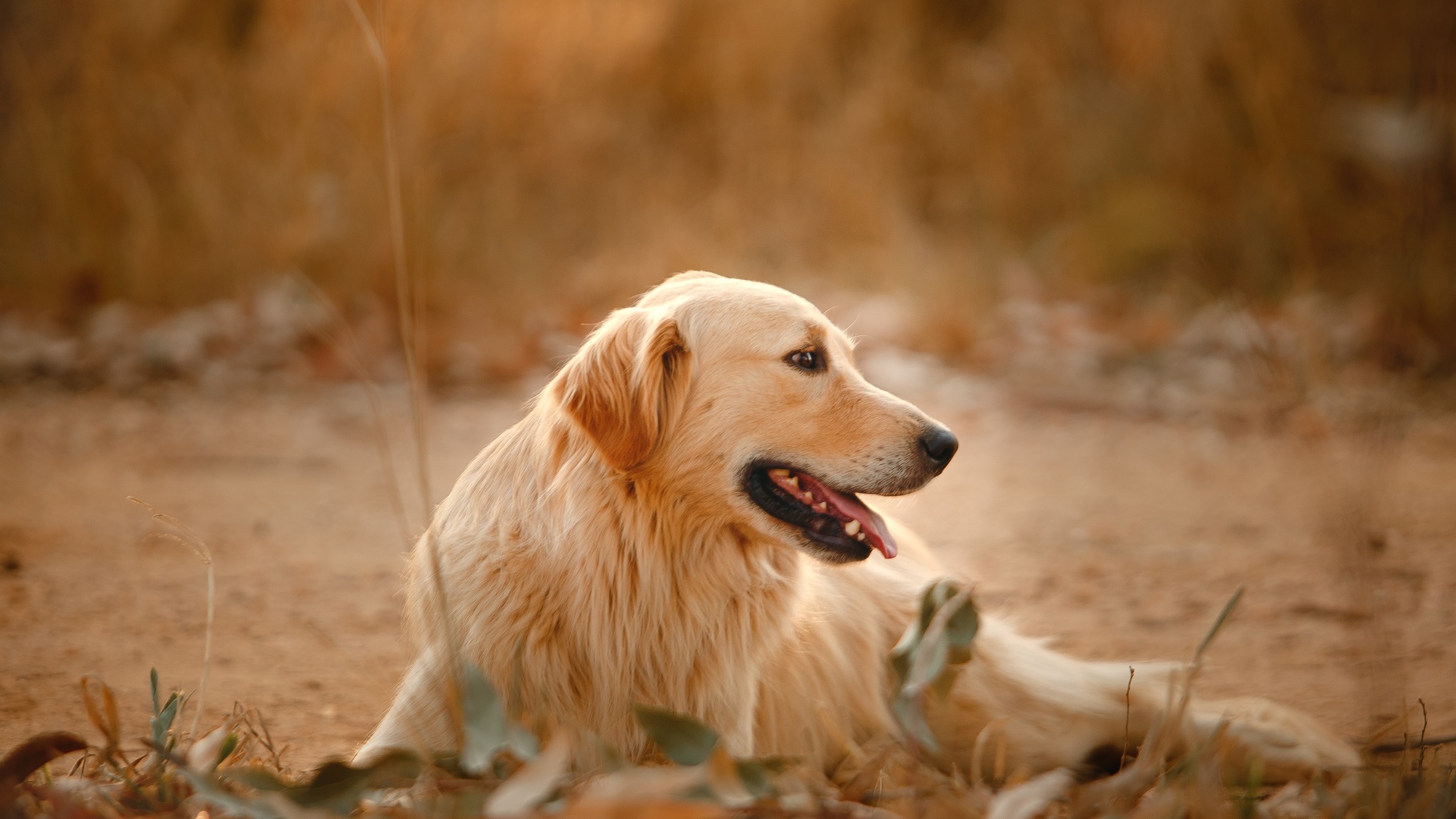Follow Us:
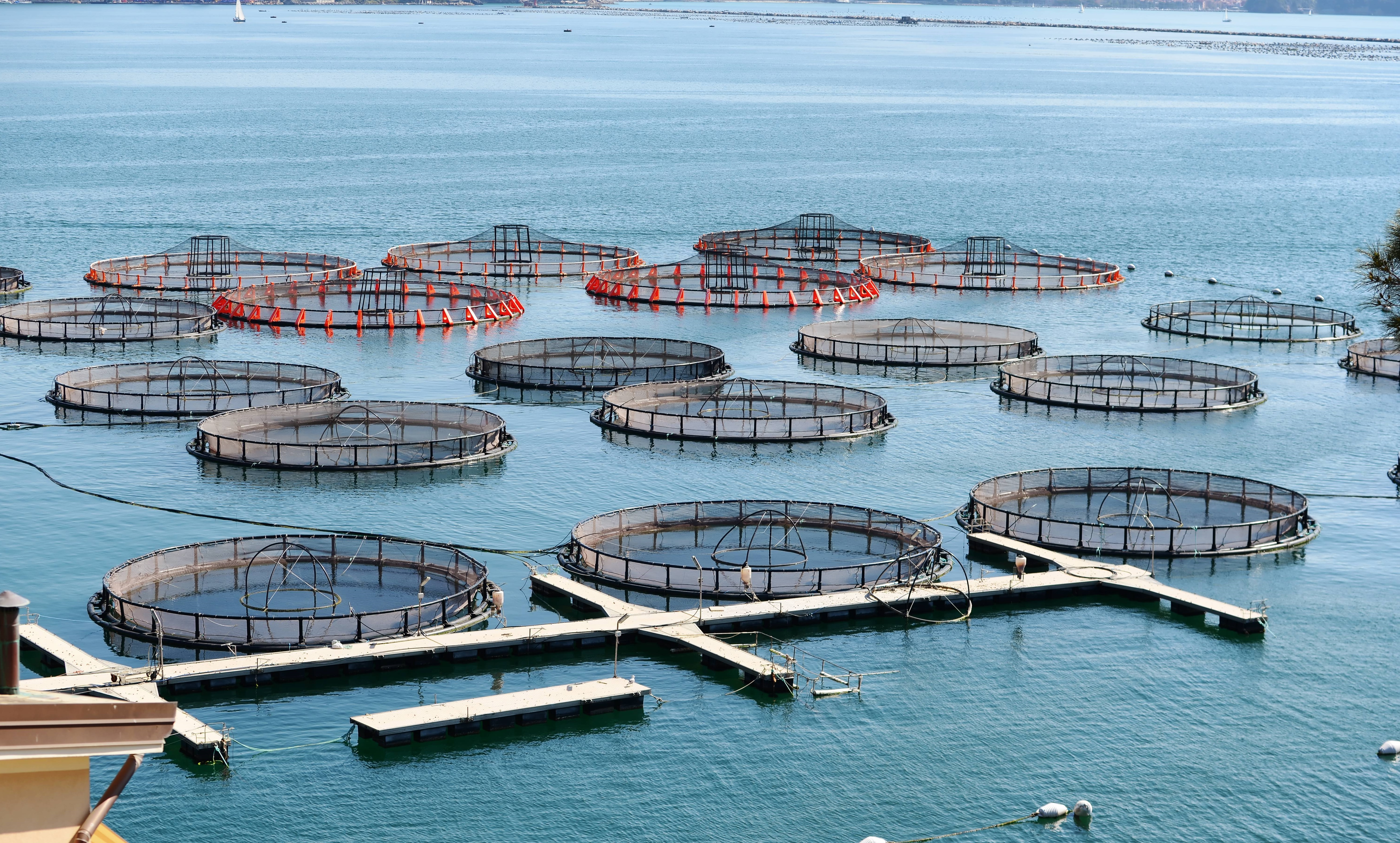
Rotenone Powder For Sale: Aquaculture of Application & Dosage
What is Rotenone?
Green Agri rotenone is a natural plant-based insecticide extracted from the roots of plants of the genus derris in the leguminosae family (such as derris tricolor and derris oleracea). Its high insecticidal activity and low environmental residue make it a popular choice in organic agriculture and aquaculture.
Rotenone Extract Factory Process Flow
1. Natural Source
- The primary raw materials for rotenone extraction are the roots of Derris or Lonchocarpus plants, which naturally contain rotenone.
2. Drying
- Spray Drying or Freeze-Drying: For certain applications, the final extract may be spray-dried or freeze-dried into a powder. This increases the shelf life and makes the extract easier to handle.
3. Solvent Extraction
- Solvent Selection: Organic solvents like acetone, ethanol, or methanol typically dissolve rotenone. Choose the solvent carefully to effectively dissolve rotenone while minimizing the extraction of unwanted substances.
- Extraction Process:
- Mix the powdered root material with the solvent in a suitable extraction vessel.
- Agitate the mixture (usually using a mechanical stirrer or ultrasonic waves) to maximize the dissolution of rotenone into the solvent.
- This stage typically lasts for several hours or up to a day, depending on the efficiency of the solvent and extraction method.
4. Quality Control & Testing
- Purity Test: A sample of the extract is sent for laboratory testing to confirm the rotenone content. You can use high-performance liquid chromatography (HPLC) for this.
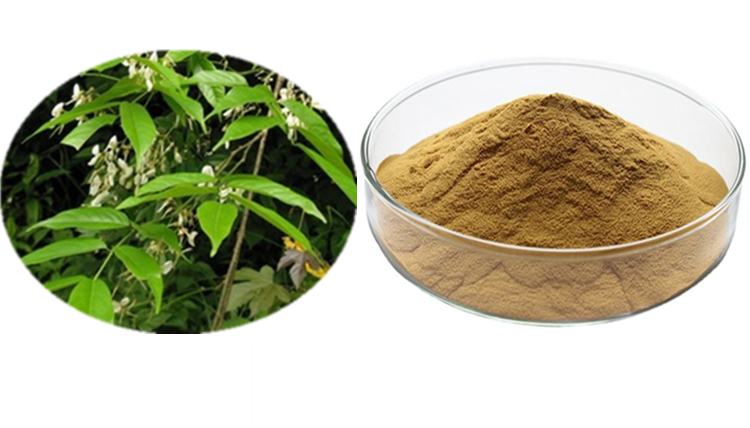
Rotenone Extract Powder Factory COA
| Attribute | Specification |
| Product Name | Bulk Rotenone Powder |
| CAS Number | 83-79-4 |
| Chemical Formula | C23H22O6 |
| Appearance | Light brown to beige powder or crystalline material |
| Water Solubility | Slightly soluble in water; soluble in acetone, ethanol, and methanol |
| Melting Point | 165-170°C |
| Odor | Mild characteristic odor |
| pH | 5.0 – 6.0 (in water solution) |
| Specific Gravity | 1.3 – 1.5 (depending on solvent used) |
| Moisture Content | ≤ 5% |
| Heavy Metals | ≤ 0.5% (as lead equivalent) |
| Application Dosage | Aquatic use: 0.25 – 5 ppm depending on target species and water conditions |
| Storage Conditions | Store in a cool, dry, and well-ventilated area away from direct sunlight |
| Shelf Life | 2 years from the date of manufacture when stored properly |
| Hazard Classification | Toxic to aquatic organisms, avoid contact with skin, eyes, and inhalation |
| Regulatory Compliance | EPA, REACH, APVMA, PMRA, and other applicable international standards |
| Safety Instructions | Use personal protective equipment (PPE) when handling; avoid contamination of water sources |
| Packaging | Available in 25 kg or 50 kg sealed bags |
| Labeling Requirements | Must include hazard symbols, safety warnings, and usage instructions as per |
This process ensures the production of a high-quality rotenone for sale suitable for various commercial and industrial uses, such as in pesticide formulations, aquatic applications, or even for specific research purposes.
Application & Dosage of Rotenone in Aquaculture
Below is a detailed guide on rotenone powder applications for shrimp, crab, and fish aquaculture, including specific dosages, temperature conditions, and targeted species.
1. Application in Fish Aquaculture
Target Species:
Invasive fish species, unwanted fish populations, or pest species.
Rotenone uses in Aquaculture The first is to remove unwanted fish species from ponds before restocking fry or fingerlings.
- Water Dosage: Rotenone is effective at concentrations of 0.25 – 5 ppm (parts per million) depending on the target species and water volume.
- Application Process:
- Water Volume: Calculate the volume of water in the system (usually in cubic meters).
- Rotenone Concentration: Apply 0.25 – 1 ppm for general pest control or low toxicity levels; 2 – 5 ppm for more aggressive eradication of invasive species.
- Dissolution: Dissolve the rotenone powder in water, then evenly distribute the solution throughout the system.
Temperature Considerations:
- Rotenone efficacy increases at warmer temperatures (generally between 20-30°C / 68-86°F). At these temperatures, fish are more likely to absorb rotenone into their bloodstream.
- In cooler waters (<15°C / 59°F), a higher concentration of rotenone may be required to achieve the desired effect due to reduced activity of the compound.
2. Application in Shrimp Aquaculture
Target Species:
Invasive species or unwanted organisms like pests, fish, or certain types of algae that may harm the shrimp population.
- Water Dosage: For shrimp systems, apply rotenone at lower doses to avoid harming the shrimp while effectively controlling unwanted species.
- Dosage Range: 0.1 – 0.5 ppm is generally sufficient for shrimp systems. you should use rotenone cautiously, as higher concentrations can harm shrimp.
Application Process:
- Dissolution: Dissolve rotenone in water and distribute evenly throughout the pond or tank. Ensure proper mixing to achieve uniform exposure.
- Duration: The application is typically effective within 1-3 hours, though the effects will vary based on water temperature and turbidity.
Temperature Considerations:
- For shrimp, rotenone applications are most effective between 22-28°C / 72-82°F. Shrimp are more resilient to rotenone in these temperatures, which minimizes harm while controlling pests.
- In temperatures below 20°C / 68°F, use caution, as shrimp may be more susceptible to rotenone at these lower temperatures.
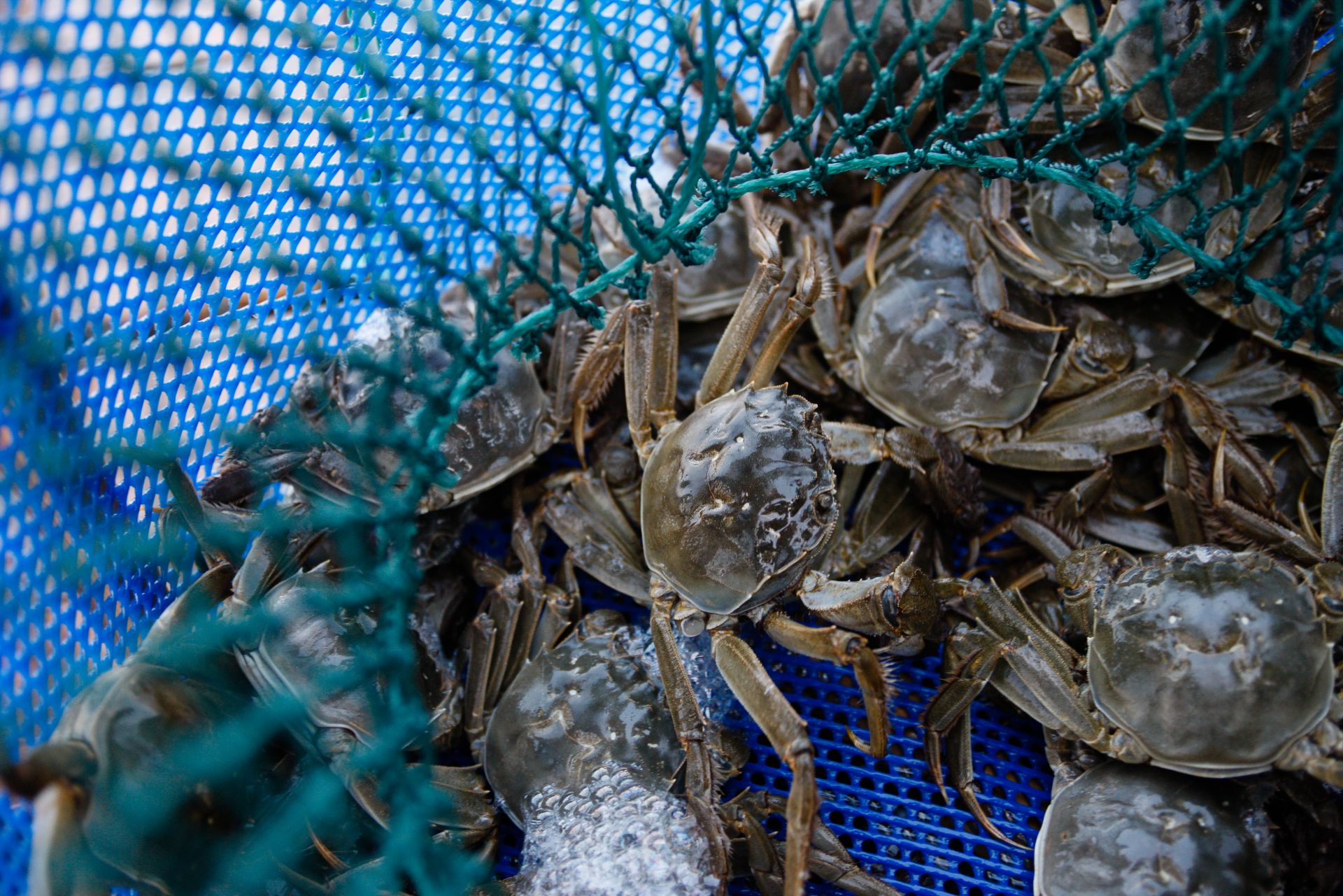
3. Application in Crab Aquaculture
Target Species:
Unwanted or invasive species that compete with crabs or pose a risk to their habitat (such as certain fish species or other crustaceans).
- Water Dosage: Rotenone should be applied at lower doses in crab farming systems to prevent any adverse effects on the crabs.
- Dosage Range: 0.25 – 1 ppm is usually effective in controlling unwanted species without harming crabs.
Application Process:
- Dissolution and Distribution: Dissolve the rotenone in water and apply it uniformly across the aquaculture area. Be sure to avoid over-application in smaller, confined systems.
- Monitoring: Monitor the system during and after application to ensure the rotenone does not harm the crabs. If you observe any signs of distress, perform additional aeration and water changes immediately.
Temperature Considerations:
- Similar to shrimp, crabs are less sensitive to rotenone at warmer temperatures, typically between 22-30°C / 72-86°F.
- At cooler temperatures (below 18°C / 64°F), be cautious when applying rotenone, as crabs may experience heightened stress or adverse effects.
As a leading rotenone powder manufacturer, Greenagribio is proud to offer you a natural, sustainable solution for enhancing the health and productivity of your shrimp, crab and fish farming operations. Rotenone extract specification in 5%,40%, is gaining widespread recognition in the aquaculture industry for its powerful benefits in parasite control, disease prevention, and water quality management.
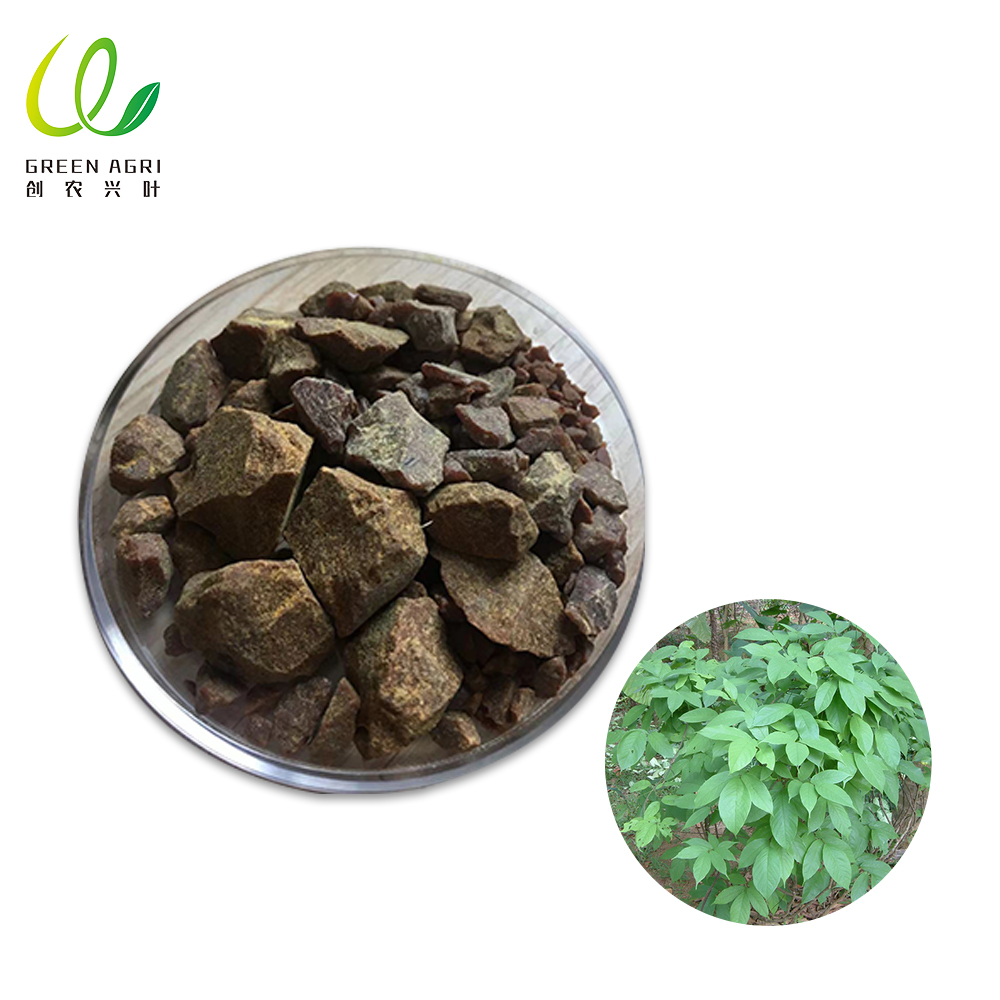
Recommendations Fish-Shrimp-Crab Dosage:
| Species | Dosage (ppm) | Temperature Range | Target Use |
| Fish | 0.25 – 5 ppm | 20-30°C (68-86°F) | Control invasive fish or pests in aquaculture ponds |
| Shrimp | 0.1 – 0.5 ppm | 22-28°C (72-82°F) | Control unwanted pests or fish that threaten shrimp |
| Crab | 0.25 – 1 ppm | 22-30°C (72-86°F) | Control unwanted or invasive species in crab systems |
4. Special Notes on Rotenone Use in Aquaculture
General Guidelines:
- Aeration: Following rotenone application, increase oxygen levels in the water (e.g., through aeration systems) to reduce stress on the remaining organisms and ensure rapid detoxification.
- Water Quality: Always monitor pH, dissolved oxygen levels, and other water quality parameters before and after applying rotenone to ensure the environment remains healthy for the desired species.
- Post-Application Detoxification: After eliminating the desired species, neutralize the remaining rotenone. Use activated carbon or other detoxification agents to ensure safe water conditions for the remaining aquatic life.
Greenagribio botanical pesticide materials supplier are tested by accredited third party labs in the USA to ensure their identity, purity and potency. To receive a copy of these test results or any other, please fill out the COA.
International Regulations on Rotenone
1. United States (EPA – Environmental Protection Agency)
- Registration: Rotenone is registered under the Federal Insecticide, Fungicide, and Rodenticide Act (FIFRA) in the United States. It is approved for use in controlling aquatic pests and invasive species under controlled conditions.
- Aquatic Use: Regulations allow rotenone to be used as a piscicide (fish poison) in fish management, specifically for eradicating invasive species, under strict guidelines. The EPA enforces safe use of rotenone to minimize risks to non-target species.
2. European Union (EU – REACH and Pesticides Regulation)
- REACH (Registration, Evaluation, Authorization, and Restriction of Chemicals): Rotenone is subject to the REACH regulation in the EU, which requires manufacturers to register the chemical if it is being sold for use within the EU.
- Authorization for Use: In the EU, rotenone is subject to the Plant Protection Products Regulation (EC) No 1107/2009 for its approval and use as a pesticide.
- Restrictions: The use of rotenone is restricted in some member states due to its potential environmental impact. For example, its use in non-agricultural environments (like gardens or parks) may be prohibited in certain regions.
- Labeling and Safety: As per the EU’s CLP (Classification, Labeling, and Packaging) Regulation, rotenone is classified as hazardous to aquatic life with long-lasting effects and requires appropriate safety labeling.
3. Australia (APVMA – Australian Pesticides and Veterinary Medicines Authority)
- Registration: Rotenone is registered with the Australian Pesticides and Veterinary Medicines Authority (APVMA) for specific agricultural and aquacultural uses.
- Aquatic Use: In aquaculture, rotenone is used for managing fish populations but must adhere to specific application limits, and only licensed applicators are permitted to use it.
4. Canada (PMRA – Pest Management Regulatory Agency)
- Registration: Rotenone is registered under the Pest Control Products Act in Canada, where it is regulated by the Pest Management Regulatory Agency (PMRA) for use in aquatic environments and on crops.
- Aquatic Applications: Rotenone is commonly used for the eradication of invasive fish species in controlled waters.
5. Other Regions (Brazil, South Africa, New Zealand, etc.)
- Brazil: Rotenone is classified as a pesticide and is subject to regulation by the Brazilian Ministry of Agriculture, Livestock, and Food Supply (MAPA).
- South Africa: Rotenone is controlled as a pesticide under the Department of Agriculture, Forestry, and Fisheries (DAFF) and its usage is restricted to licensed professionals.
- New Zealand: The Environmental Protection Authority (EPA) regulates rotenone use, particularly in aquatic environments, to ensure minimal impact on native biodiversity.
Also See
- Tea Saponin 30% 60%: Aquaculture Use in Shrimp and Crab Farming
- Rotenone: A Solution for Aquaculture
- How Does Rotenone Kill Fish
- What Is Rotenone
FAQs
1. What is the purity level of the rotenone powder?
- Seafood brands will require the supplier to specify the purity of the rotenone powder. Typically, suppliers should provide information about the active ingredient concentration to ensure the product will be effective at controlling invasive species or pests in aquaculture.
2. Does the product meet local and international regulations?
- Suppliers should provide certificates of compliance that confirm the rotenone powder meets local and international regulatory standards (e.g., EPA in the U.S., REACH in the EU, PMRA in Canada). The product should comply with pesticide regulations, environmental standards, and aquatic species safety guidelines.
3. How is the rotenone powder packaged, and is it available in the required quantities?
- Suppliers should provide details about packaging options (e.g., 25 kg, 50 kg bags, or custom-sized packaging) and whether they can supply the quantities required by the brand.














